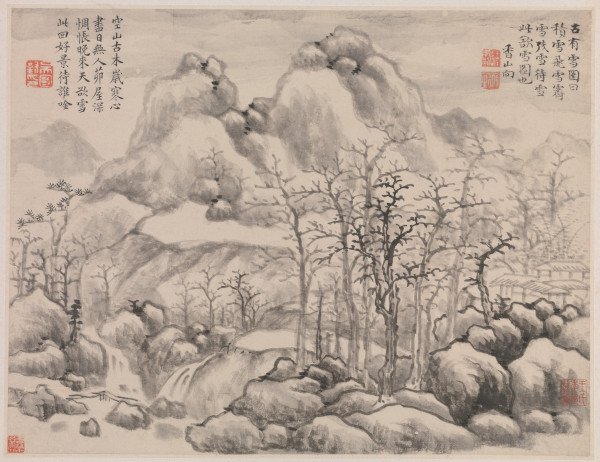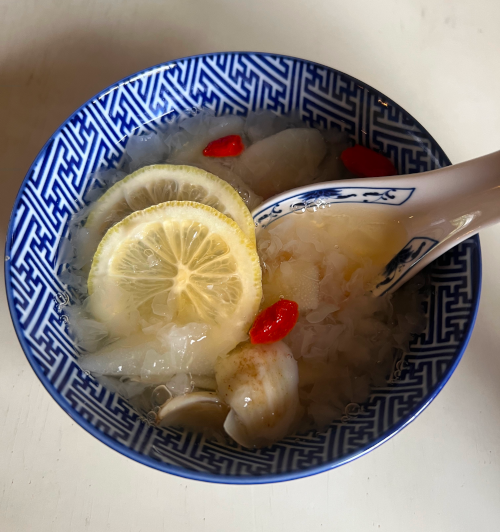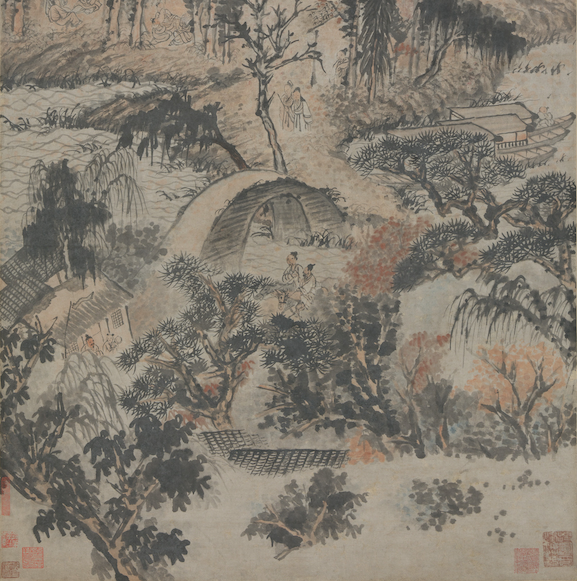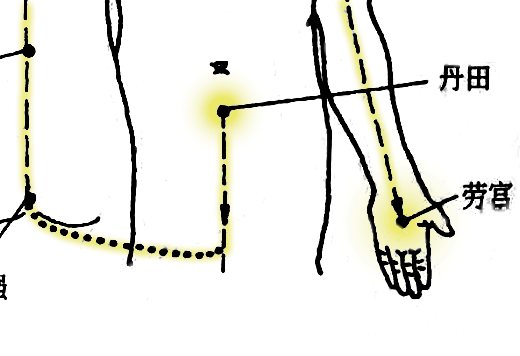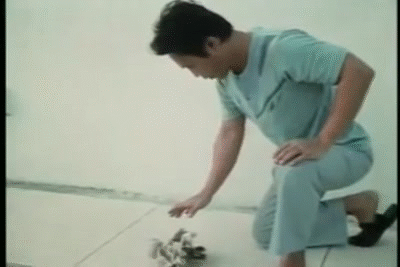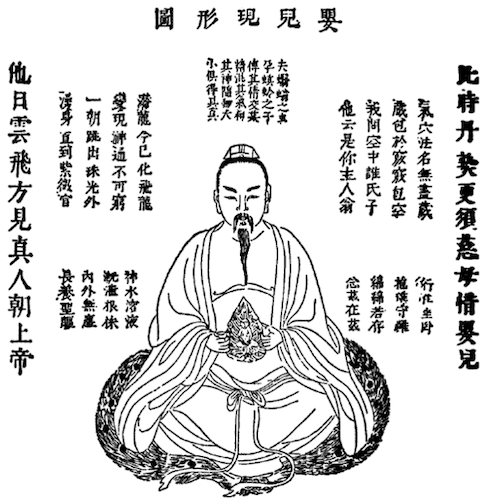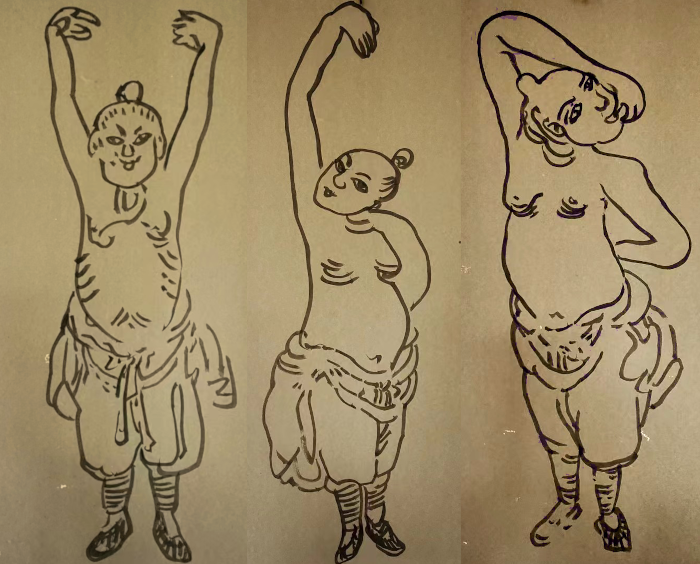-
Modern Science on Training our Connective Tissues (Fascia, Tendons, etc)
The “tendon” system (here broadly referring to all stringy connective tissue) and the meridian system of the body form a yin-yang pair. Developing the tendon system is a key aspect of neigong training as it enriches and unblocks qi flow throughout the body, promotes organ health, immune health, and various other aspects of health. Modern research continues to uncover many interesting facts about the connective tissues of the body. While I don’t feel that legitimate, tried-and-true systems of Chinese neigong necessarily need the validation of modern science; it is nonetheless useful to study the topic from different perspectives. Fascia (thin, fibrous connective tissue) fills our body from head-to-toe forming a…
-
Winter Wellness
Winter is characterized by the Chinese word cáng 藏 which means “to store/conceal/hide.” It’s the time for hiding out and laying low. Nature is dormant and hibernating. Yin is dominant and at its peak. Yang is completely concealed, hidden inside. Winter corresponds to the Water phase (shuǐ 水) and the kidneys. It is also recommended that one does not overexert oneself. It’s good to exercise, but not to the point of excess where one is pouring sweat. Foods, medicines, and therapies such as sauna that promote excessive sweating are not recommended at this time as too much yang qi can be lost. It is best to moderate sexual activity in…
-
Autumn Wellness: Pear Soup 梨水
One of my favorite snacks (or healthy dessert) in autumn is what we refer to at home as “pear water.” A better title might be Pear and Yin’er Soup. It is an excellent medicinal food for autumn wellness as it combines several ingredients that are widely acknowledged as some of the best foods to eat during this time of year — offering the (much needed in autumn) moistening and yin nourishing support to the lungs. The result is delicious! Ingredients and their medicinal properties: Continue Reading…
-
Autumn Wellness
Autumn is a time of gathering and harvesting. Animals run around collecting food, and plants collect and condense nutrients into seeds. Yang qi was rising and flourishing in spring and summer–vaporizing the yin water in the environment to create moisture, and now it retreats inward into “storage mode,” resulting in cooler and dryer conditions. Yang begins to give way to yin. Autumn corresponds to the Metal phase (jin 金) and the lungs. As a result, we want to focus on diet and lifestyle habits that promote moistening, support the lungs, and nourish yin. Sour tasting foods astringe and nourish the lungs, while pungent tasting foods disperse and purge. It’s best…
-
Yijinjing Qigong and Practice Essentials 易筋经气功与修炼要领 (translation)
The following is my translation of an article (along with the original in Chinese) written by Gengmenpai’s 耿门派 Dr Wu, the successor to Dr Jiang Feng. The article begins by discussing some general points about qigong/neigong practice, the meridians and orbits, and then continues with a brief discussion of waiqi emission (fagong 发功). Notable are the alternate routes for waiqi emission that are outlined along with schematic images, including two routes that are different from the basic one that beginners usually start with when first learning to practice fagong. Written content of this nature from one of the high-level Gengmenpai practitioners is very rare, making this something worthy of translation…
-
My Experience Practicing Waiqi 外气 Emission (Fagong 发功)
In lineages such as the Shaolin Gengmenpai 耿门派, many if not most of the advanced practitioners practice a style of Classical Chinese Medicine that involves various forms of qi emission. Most who have visited them for treatment have experienced their electric-like “waiqi” 外气 (external qi) emission, the experience of which feels like you are being zapped by a fairly powerful electrical current. If, for example, you receive this qi emission (faqi 发气) up one of your arms, it is powerful enough to cause all of the muscles in your arm to involuntarily contract, until the person emitting pulls the qi back in and “turns it off.” In practicing the neigong…
-
What is the difference between Qigong 气功, Neigong 内功, and Neidan 内丹?
Summary: We should be wary of narrow definitions of these terms applied broadly as they can refer to many things and can often overlap or be interchangeable in many contexts. “Neigong” and “Qigong” are basically synonymous and are umbrella terms for a wide range of energetic practices that cultivate the “post-heaven” qi 氣 (houtian zhi qi 后天之气) of the body. From what I have seen, these two terms seem to be treated synonymously in many, if not most, Chinese internal arts circles, although Western internal arts circles are increasingly distinguishing them in specific ways. Neidan differs in that it is a specific (yet still vast) genre of practice that seeks to…
-
Understanding Qi
Summary: Qi is the fundamental stuff of existence according to classical Chinese thought. It is the living, flowing, transforming substratum of existence encompassing everything from matter to energy to consciousness and more. It needs to be understood within the context of classical Chinese thought and should not be cut-and-pasted out from its native philosophical system into other systems of thought lest it simply become some sort of misunderstood “magical energy.” The Three Treasures (Jing, Qi, and Shen) are important concepts for understanding the body in relation to Chinese internal arts practices. While they are all ultimately just Qi (and the whole of the human body-mind is ultimately also just Qi),…
-
Prepare for Winter in the Summer
There is a saying in Chinese medicine: winter diseases are best treated in the summer “dong bing xia zhi” 冬病夏治. Traditional Chinese health practices are attentive to the interconnections between humans and the cycles of nature. Here, the notion is that disharmonies which tend to present themselves in the winter, especially in those who have a tendency towards yang deficiency, are best dealt with by taking preventative measures in the late summer, particularly a special period referred to as San Fu Tian 三伏天 (sometimes translated as the “dog days of summer”). San Fu Tian, which occurres in three phases that span around forty days, is the optimum time for growth…
-
What is Yijinjing 易筋經?
Yijinjing 易筋经/易筋經 refers to a collection of methods of powerful Chinese neigong 内功 (“internal skill”). Legend has it that it originated from the Indian monk Bodhidharma (Damo 达摩) who came to China and founded Chan 禅 Buddhism (the form of Buddhism which later became known as Zen in Japan) at the Shaolin Temple. In fact, neigong containing the Yijinjing principles and signature movements can be found throughout China within various traditions. The word Yijinjing consists of three Chinese characters: Yi 易: The character’s two components are 日 “sun” and 勿 “not.” The sun represents constancy, it was the most constant thing in one’s visible surroundings. Putting the two characters together,…

